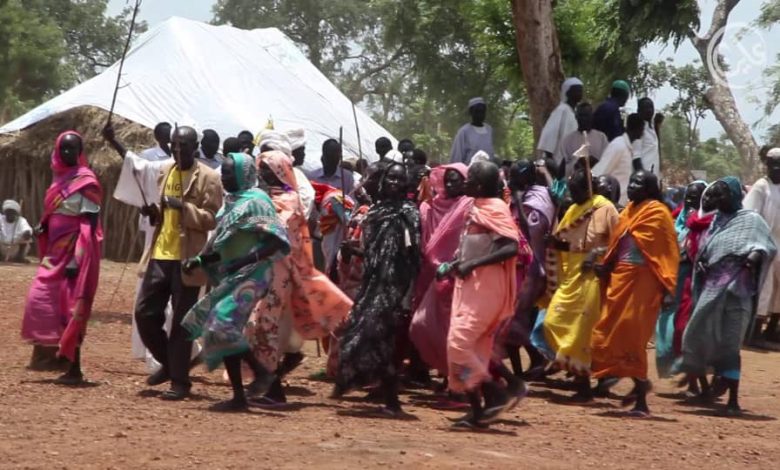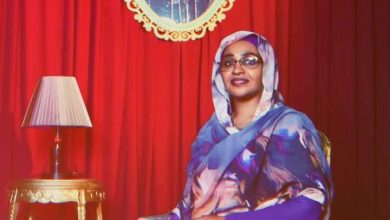The Sounds of the Angassana, Blue Nile Music

Khartoum – Sudan Events
Because of Sudan’s great cultural diversity, it is difficult to arrive at a comprehensive classification of the traditional cultures of its various peoples. Sudan’s traditional societies have diverse linguistic, ethnic, social, cultural, and religious characteristics. And, although improved communications, increased social and economic mobility, and the spread of a money economy have led to a general loosening of the social ties, customs, relationships, and modes of organization in traditional cultures, much from the past still remains intact
Sudan’s diverse ethnicities harbor many cultural traditions that often focus on music and dance to symbolize events and practices.
Sometimes the music is tied to war and used to mobilize troops while other times it is used to celebrate life, commemorating weddings and harvests, among other events.
One of the more vibrant, passionate cultural traditions can be found in the music of the Angassana people, Blue Nile State. The music and dances of Angassana act as both historical reminders of the past and a way to preserve their cultural identity in times of war.
The normally five-string instrument known as the Tambour in North Sudan, Om-Kiki in West Sudan and the Rababa in Blue Nile, is perhaps the most popular instrument for the Angassana.
Made from basic materials, the smaller Rababa, known as the Chal, commemorates the harvest season while its larger brother, the Mele, is used during funerals. The Mele player joins dancers at the homes of the recently deceased to play more sombre, bass tones to commemorate their life’s passage.
According to Robert Gottlieb the Angassana and Berta peoples in Sudan’s Blue Nile Province, though both groups inhabit the same geographical area, they are culturally very different. Berta, the largest tribal group in the region, are an Arabicized culture, as evidenced by their dress, social customs, and musical instruments such as the rebab, a type of fiddle.
The Angassana tribe for the most part did not adapt the Islamic faith of other area tribes and retained their traditional music practices. There are four major groups of Angassana, each with their own dialect, but only two, the Kuluk and Tabi, are represented in this collection. Bal bamboo flutes and janger, a type of lyre, are common among all Angassana groups, but the repertoire differs by clan.



